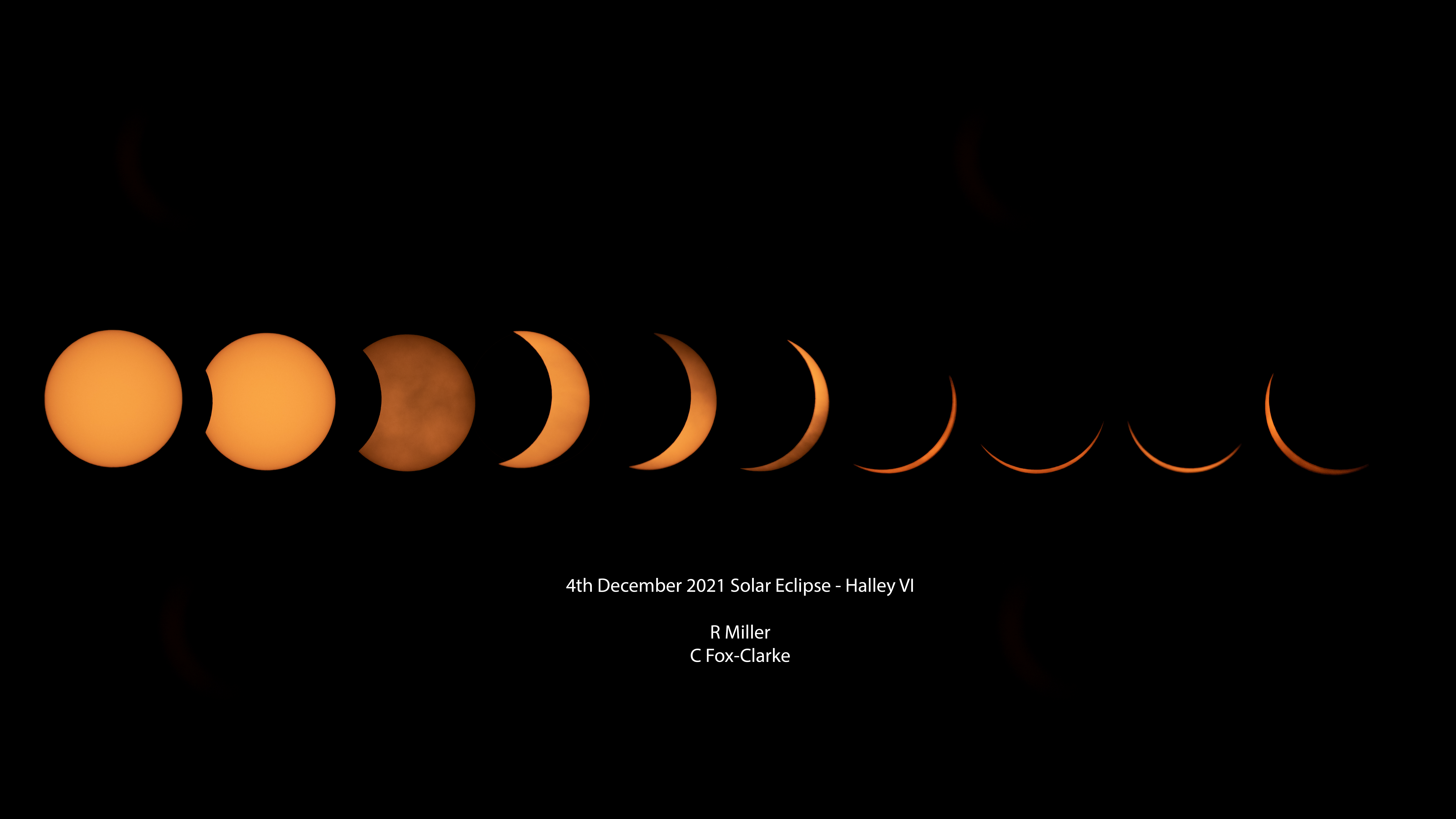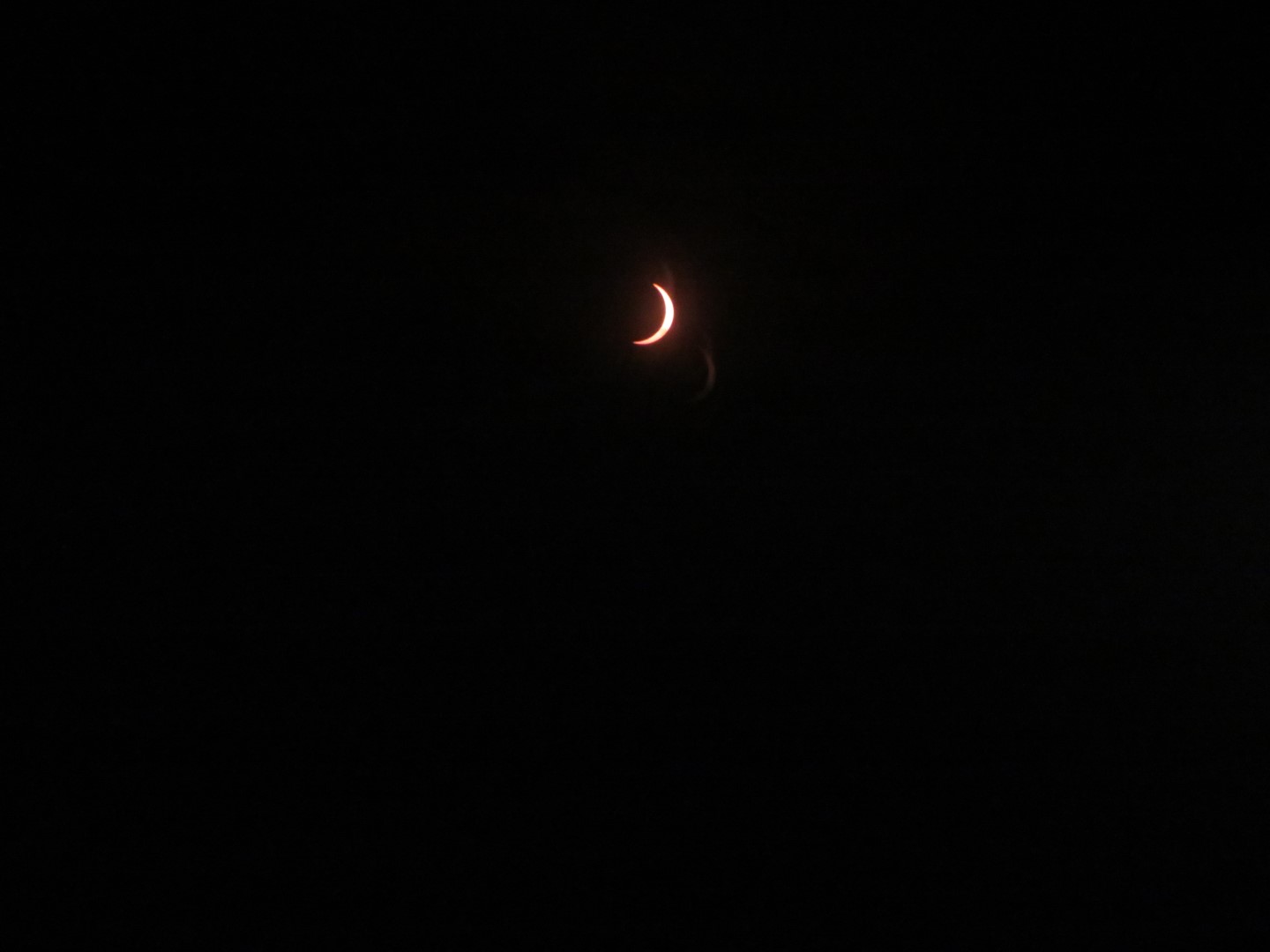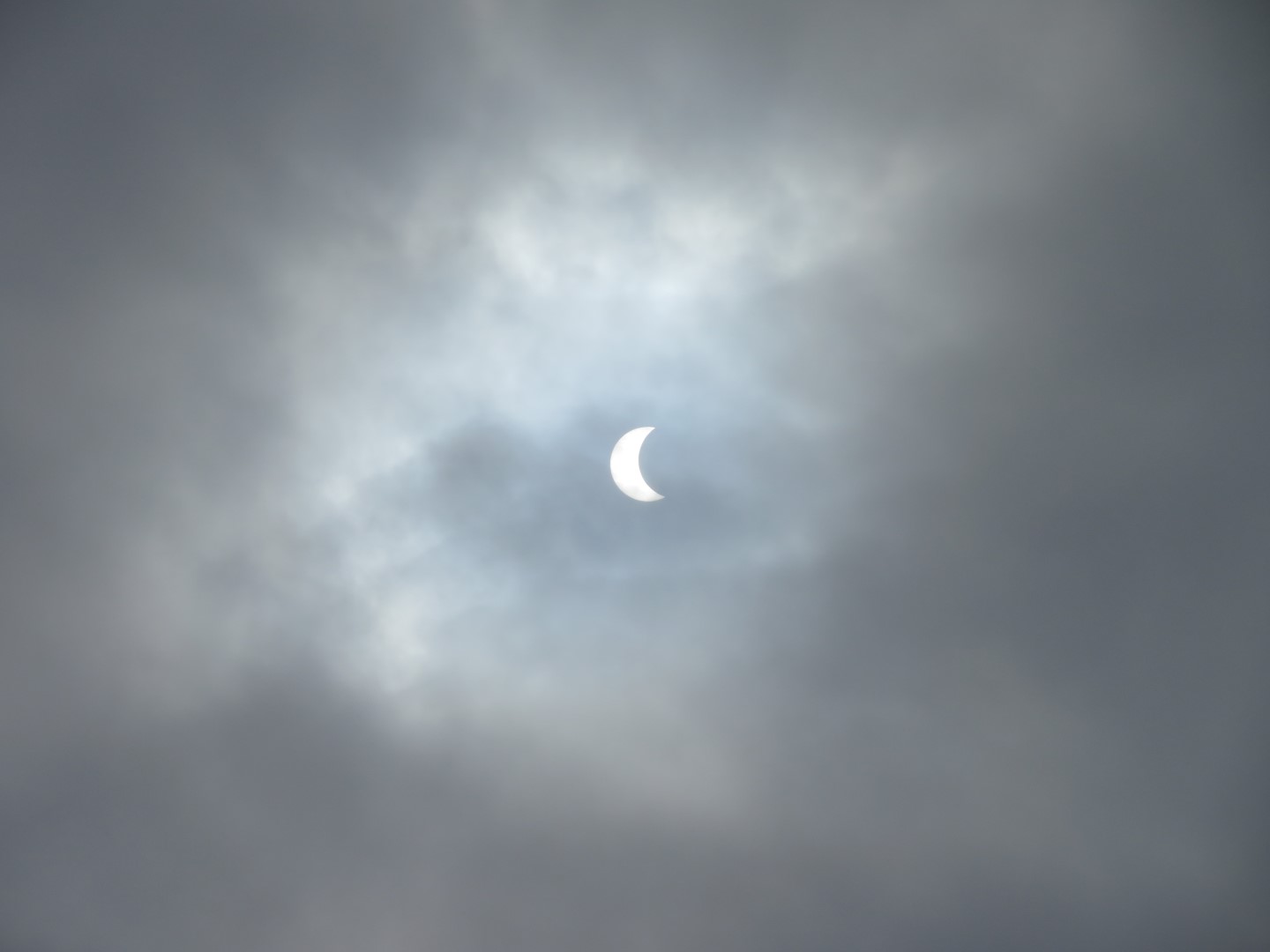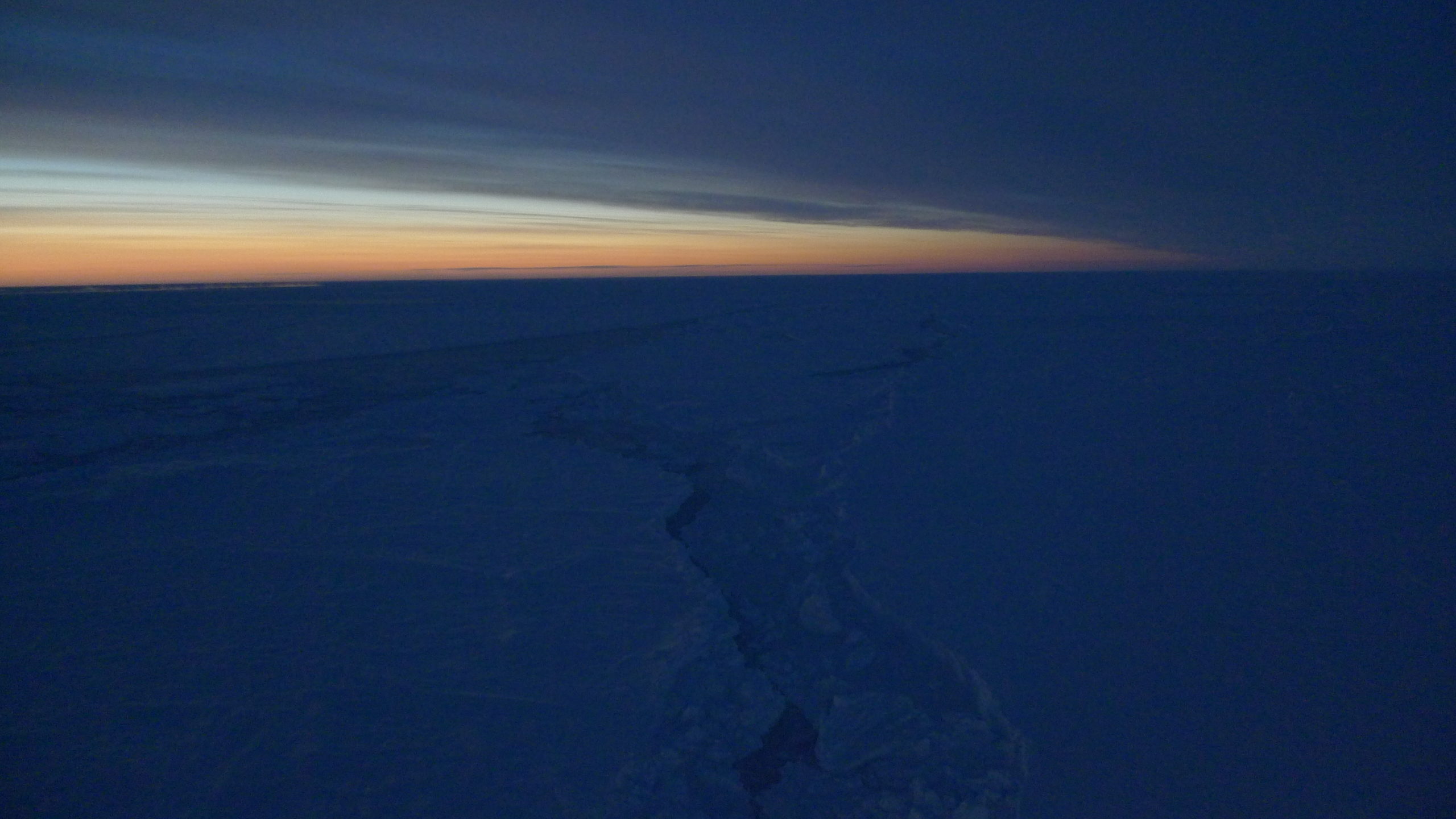Antarctica experiences rare total solar eclipse
A rare total solar eclipse in Antarctica this weekend (Saturday 4 December) is giving researchers a unique opportunity to learn more about how solar eclipses affect space weather. The next total eclipse in Antarctica will not be until 2039.

The total eclipse, which happens when the sun and moon are in line with the Earth, will only be visible in Antarctica, sweeping across the Ronne ice shelf and Ellsworth land, with the rest of Antarctica in partial shadow. The maximum eclipse will be at 0733 GMT.

John Law, Antarctic Atmospheric Scientist at Rothera station says:
“The team here are really excited about being able to witness the eclipse on Saturday morning. We will be setting our alarm clocks for the early hours, the maximum amount of Sun that will be hidden by the moon will be around 94% around 4am in the morning. During the summer, the sun never sets below the horizon so even at 4am we should see the effect of the eclipse. The sun will be low in the sky, hopefully just above the mountains of the Antarctic peninsula to the east of us. As a meteorologist I am normally a big fan of clouds but on this one occasion I’m hoping they stay away.”
Total solar eclipses provide researchers with an opportunity to understand how switching the Sun on and off affects space weather – the natural fluctuations in the space environment close to Earth, caused by the Sun.

As part of a multi-national campaign, researchers at British Antarctica Survey have placed a low-power magnetometer (LPM), which measures variations in the Earth’s magnetic field, directly under the path of the total eclipse. This, along with seven other BAS LPMs already in Antarctica, form part of a network of magnetic and other space weather sensors in both polar regions and in space, making this the most intensive space weather observation campaign yet for an Antarctic eclipse.

Changes in the Earth’s magnetic field are caused by electrical currents in the upper atmosphere of both polar regions, created by space weather. These magnetic variations can cause unwanted electrical currents in electricity networks, like the National Grid, which need to be forecasted to avoid damage. These electrical currents are also associated with aurora – the Northern and Southern Lights.
Professor Mervyn Freeman, a space physicist at British Antarctic Survey, says:
“We expect solar eclipses to change electrical currents in the upper atmosphere by increasing the electrical resistance of the upper atmosphere – but at the moment we’re don’t fully understand how.”
Changes to Antarctic currents as a result of the eclipse could also indirectly affect currents in the Arctic and in space. These changes can also cause so-called ‘travelling ionospheric disturbances’ through the upper atmosphere across the globe, affecting sat-nav signals.
Professor Mervyn Freeman adds:
“Measuring the effects of the solar eclipse will challenge our understanding of space weather and test whether our forecasting models of how space weather affects electricity supply and satellite navigation are correct or need to be improved.
Find out more about our space weather research.